Camera: Mirror, Pentaprism, viewfinder and display
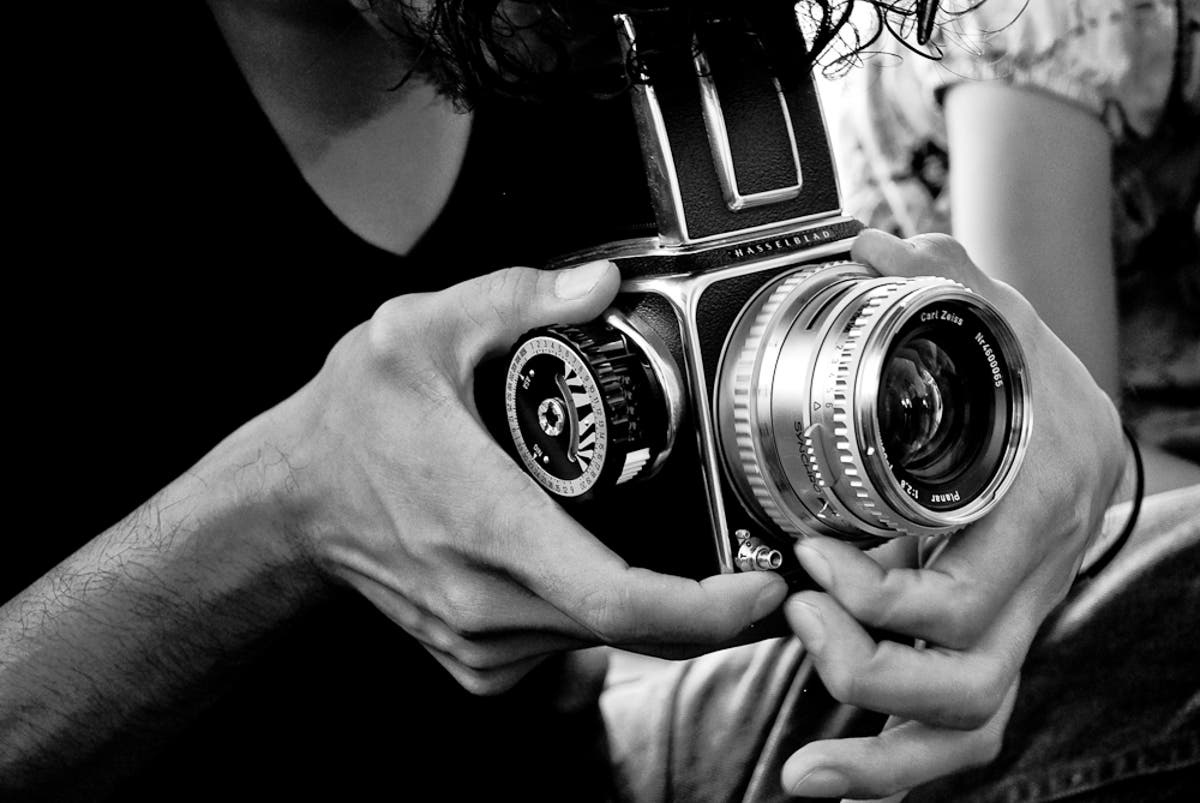
In this article we resume our virtual photography course. In the previous lesson we saw the path that light takes when it enters the lens, first passing through the diaphragm, then passing through the shutter before arriving, today, at the sensor and, before digital, at film.
Today we complete this path of light, adding some secondary but equally important elements: the mirror, the pentaprism, the viewfinder and the LCD display.
Let's start by saying that the mirror, the pentaprism and the optical viewfinder are only present in reflex cameras, while in compact cameras, bridge cameras and mirrorless cameras there is only an LCD display and sometimes an electronic viewfinder (some cameras use an optical viewfinder which includes lens elements completely separate from the imaging system).
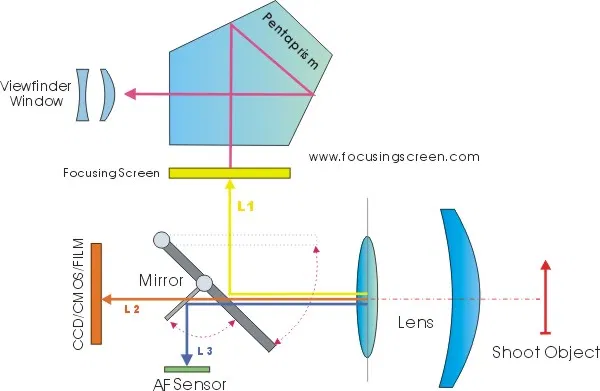
The mirror
If we look at the image above we can see the path that the light takes before reaching our eye resting on the viewfinder of the reflex. In the "non-shooting" phase, i.e. when we are still composing the image, the light enters the lens and, after having passed the aperture, it hits the lowered mirror (nr 1 in the image).
The light then continues its run up to the pentaprism and after a couple of bounces it reaches our eye. At the time of shooting however, the mirror is raised (nr 2 in the image) and the light hits the sensor directly after passing through the shutter. In this phase lasting a fraction of a second you will notice that, if you have your eye resting on the viewfinder, the image disappears due to the effect of the mirror which, when raised, closes the flow of light reaching the viewfinder.
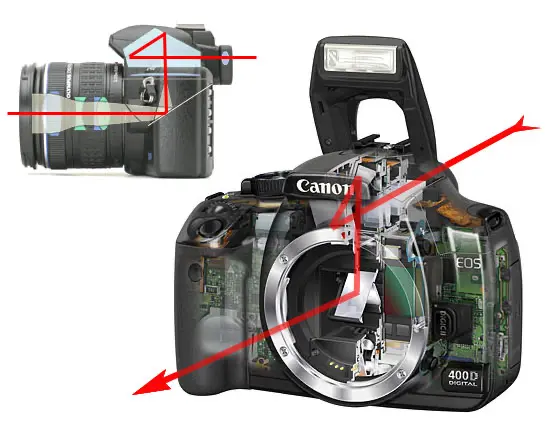
Recently, reflex cameras have also been equipped with TTL (Through the lens) technology for the viewfinder and have "approached" compact cameras. This technology allows you to see the image you are about to shoot directly on the LCD display (live view). In this case the mirror remains raised, the shutter opens and the light strikes the sensor directly. Through an electronic device the image is then shown on the display.
There are PROS and CONS to using live view, it's certainly very handy in some cases where we can't always bring our eye to the viewfinder. Furthermore, the absence of the mirror brings numerous advantages, such as: possibility of producing smaller and lighter cameras, faster focusing speed, faster shutter speed and absence of micro movements due to raising the mirror, which during long exposures can generate micro blur. On the contrary, however, the use of live view increases the temperature of the sensor and the image risks increasing in "noise" being grainy. I personally advise against photographing with live view, I almost never use it except in special cases.
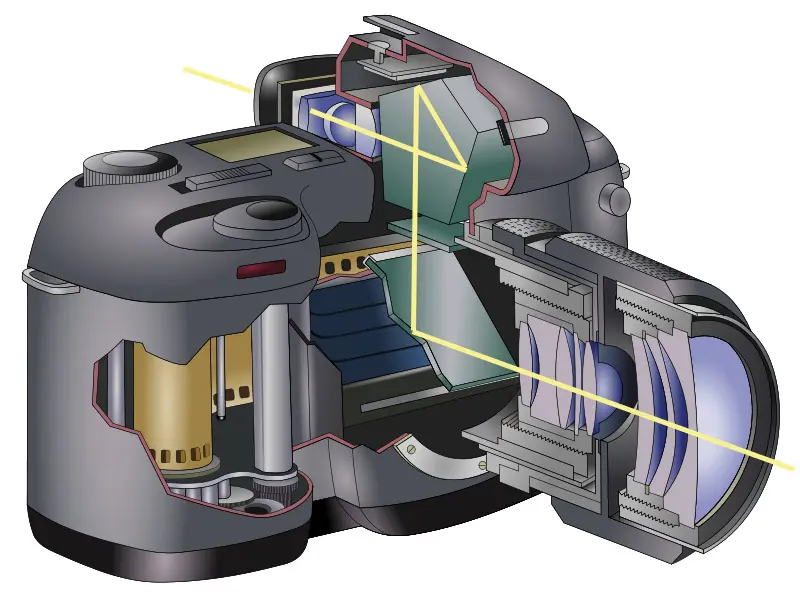
The Pentaprism
A variant of the pentaprism is the so-called roof pentaprism , in which the image is inverted horizontally because a reflecting face has been divided into two mutually perpendicular surfaces. These don't have to be made reflective, because you already have total reflection.
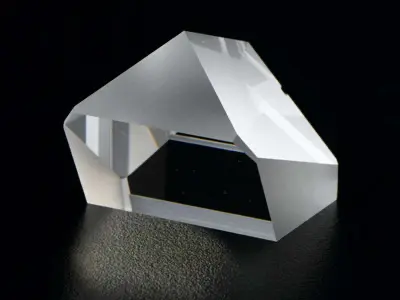
The roof pentaprism is used in the viewfinder of reflex cameras because it allows the image reflected by the mirror of these cameras to be seen without it being upside down or reversed right-left (the horizontal inversion introduced by the roof pentaprism compensates for that already present in the reflected image from the moving mirror).
A characteristic of the pentaprism is that the angle of the outgoing light rays is always 90° with respect to the angle of the incoming ones, this optical component is therefore insensitive to variations in inclination in the assembly.
The viewfinder
The viewfinder is the device that allows you to view the framed scene. Four viewfinder patterns are normally distinguishable in cameras.
The Galilean viewfinder
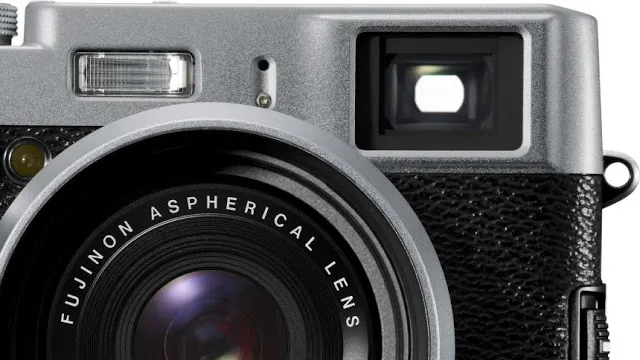
It is the classic viewfinder that you find in disposable cameras or in cheap compact cameras, it is made up of two lenses inside a small window near the optics, there is a drawn frame depicting the field of view of the lens. It's bright and cheap since it's a simple aiming system (unlike that of SLRs).
The waist level viewfinder
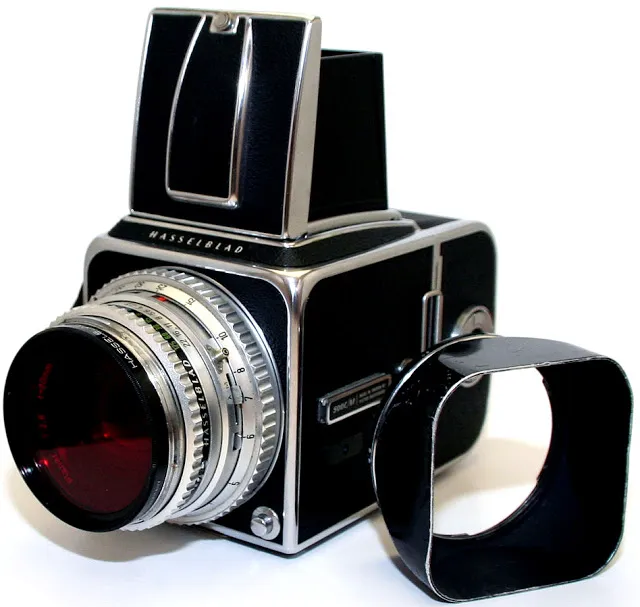
In this digital era you will hardly find a photographer who uses a camera with this aiming system, but in the days of film they were very common, who doesn't remember the legendary Rolleiflex? This type of viewfinder is normally used in bioptics, the image is reflected by a 45° mirror towards a ground glass positioned above the camera, the photographer sees the image as if looking into a well. Another legendary camera (and still in digital production) that used this system is the Hasselblad.
The reflex viewfinder
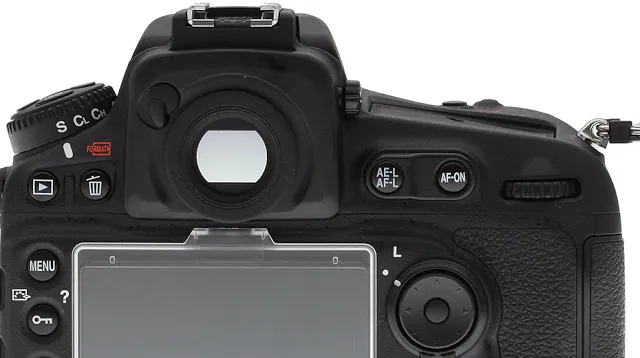
As the name suggests, this type of viewfinder is used in reflex cameras (digital and analog), what I didn't say is that for economic reasons, this type of viewfinder only allows a complete view of the framed scene for economic reasons, in entry models level and semi-pro only 90-95% of the field of view is made visible.
The digital viewfinder
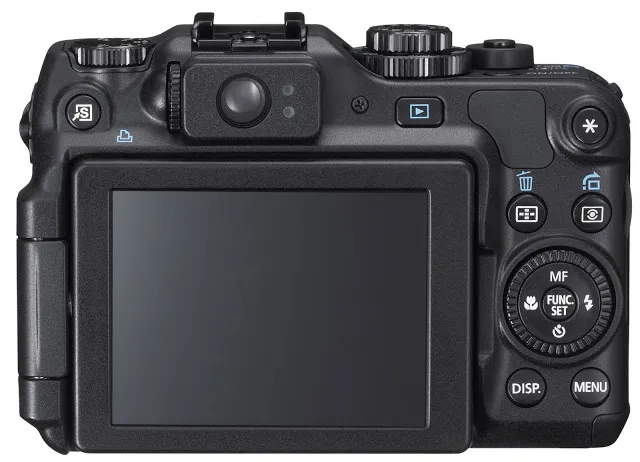
In non-reflex digital cameras, the viewfinder consists of an LCD display that displays the acquired image in real time.
The LCD display
The LCD display is present on ALL digital cameras while it was completely absent on analog SLRs. The image we are about to capture is projected onto this screen (directly with compact and bridge cameras, in live view with reflex cameras). After shooting, through the display, we can then quickly review all the images just captured. This, in the digital age, is a great advantage because we have the possibility of realizing any mistakes and redo the photograph.
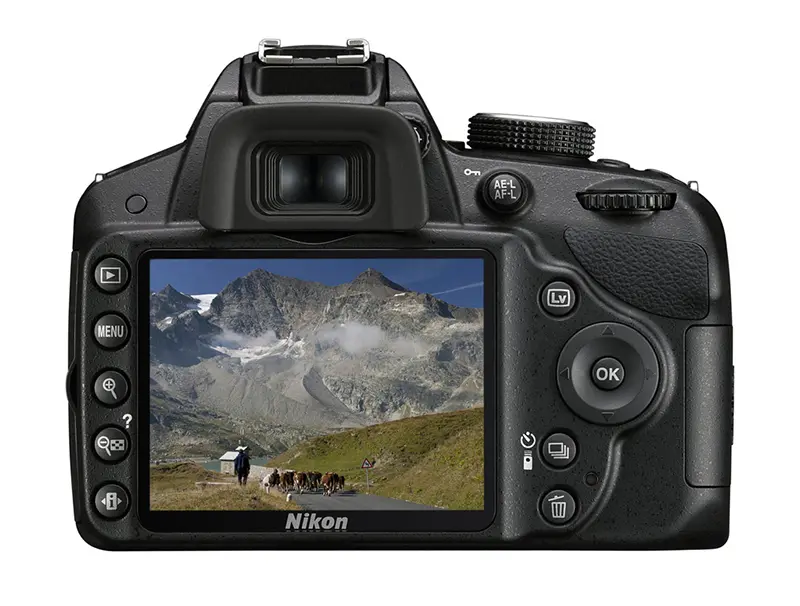
On the LCD display it is also possible to check the most important shooting parameters on the fly, including shutter speed, depth of field and ISO sensitivity and view all the menus on our camera.
In SLR cameras, as we said, when you use the display and activate live view, the mirror flips up and the shutter opens. This allows light to fall directly on the camera sensor, the information is read by it, processed by the processor and displayed in the rear monitor. While live view is in effect, light does not reach the camera viewfinder because the mirror is raised.
LCD screens are often poorly visible in bright lighting conditions, so in mirrorless cameras the display can be accompanied by a small Galilean-type optical viewfinder (labelled OVF, optical viewfinder) or by an electronic viewfinder (EVF, electronic viewfinder) .
When you subscribe to the blog, we will send you an e-mail when there are new updates on the site so you wouldn't miss them.
By accepting you will be accessing a service provided by a third-party external to https://www.insightadv.it/


































































Comments